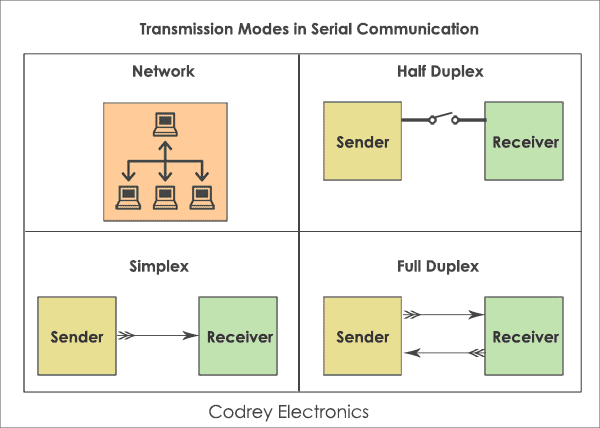

In this study, we apply these modes to design and technology education, suggesting that each communication mode will enhance individual learning in multidisciplinary design student teams.

Footnote 1 These modes have not, however, been empirically investigated together in multidisciplinary design student teams.

Casakin 2007 Eppler and Platts 2009 Zurlo and Cautela 2014). Separate literature streams have identified modes of narratives, visualizations, and metaphors as distinct means of acquiring, sharing, and combining knowledge (e.g. 2015 Dougherty 1992), it is not clear which communication mode may best facilitate learning.Ĭommunication mode refers to the type or manner in which information transmitted among entities is represented and structured. However, as communication across disciplinary boundaries is often difficult (Cho et al. 2009), specifically facilitated through the use of efficient communication modes among the student members to acquire, share, and combine their unique knowledge (Argote et al. 1993 as a multidimensional construct, which is evident from changes in cognition, affective, or skill capacity) occurs through members interaction and collaboration (Jassawalla et al. This learning (defined via Kraiger et al. The multidisciplinary team structure and design processes are meant to allow students to take a holistic approach to the project (McMahon and Bhamra 2016), learning from each other’s diverse backgrounds (Design Council 2007). Many university programs include courses in their curriculum, in which multidisciplinary design student teams work together in a project-based learning exercise to solve a design challenge (e.g. We conclude with implications for the way information is represented and structured within multidisciplinary design student teams, and future research directions. Survey results indicate that perceived learning increases through awareness and use of metaphorical communication, beyond previously supported effects for narratives and visualization. A total of 64 students working on two large multidisciplinary design student teams participated in this study. This study examines the effect of three important communication modes-metaphors, visualizations, and narratives-on reported learning from other members. Little is known, however, about the relative effectiveness of specific communication modes on improving student learning outcomes in these interactions. This structure enables students to learn not only from the interaction with the content and lecturer, but also from communication with other team members. In these projects, student team members of various disciplinary backgrounds develop new product or service concepts for organizational partners. Universities increasingly incorporate multidisciplinary design projects into their curriculum to better prepare their students for the labor market.



 0 kommentar(er)
0 kommentar(er)
